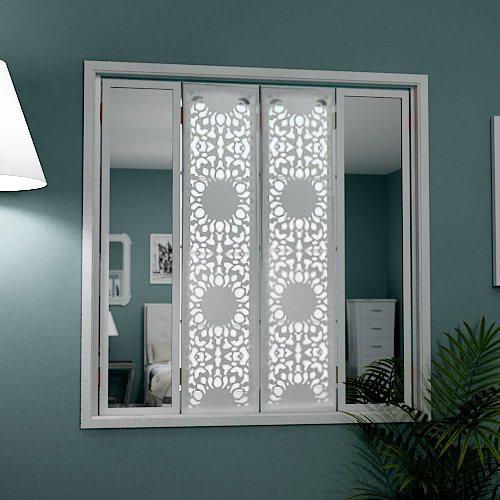

the climatic/seasonal distribution of the studies: winter season (37%), mid-season (10%) and summer (50%) 20, season periods.in all the papers, the PCM had been macro-encapsulated in containers, that is, glass containers (70%) 27, polycarbonate containers (20%) and aluminium containers (10%) A simple analysis of the paper features has led to the following synthetic picture of PCMs in glazing (see also Figure 1).the most investigated PCM typologies, that have been found to be paraffin wax (60%) 18,19,22,23, and salt hydrates (20%), while only one study analysed the performance of bio PCMs (3%).the geographical distribution of the studies, which also provides an indication of the climatic conditions of the study.It is concluded from the outcomes of the study that the sunspace utilization, especially when integrated with PCM louvers with a reasonable melting point, can significantly contribute to the heating energy saving in buildings in severe cold regions. However, when latent heat of PCM is not fully utilized at low indoor design temperatures, PCM louvers may increase the heating energy consumption compared to the sunspace without PCM louvers. Additionally, the sunspace with PCM louver integration can achieve an extra energy saving of 5.27% throughout the heating period for the same indoor design temperature, compared with the sunspace without PCM louvers.

The results show that compared with the original rural residence, the monthly and total energy savings can be respectively attained up to 439 kWh (20.40%) and 1992 kWh (22.73%) when the building is attached with a sunspace at the indoor design temperature of 18

C) throughout seven months, from October to next year April.The analyses were carried out for four different indoor design temperatures, (14, 16, 18 and 20 The influence of a sunspace and a sunspace including PCM louvers on the heating energy consumption was investigated considering a typical rural residence in a severe cold region of China. Besides the improvement of the indoor temperatures, the compartment with PCM increased 45 min the time delay to achieve the minimum temperature peak and 60 min to attain the maximum temperature peak, compared to the reference compartment (without PCM). The maximum and minimum temperature peaks decreased 6% and 11%, respectively. The measured results shows that the compartment with the PCM window shutter can reveals thermal regulating capacity of the indoor temperature about 18%-22%.

During the experiment, the range of the external air temperature changes from 13 ☌ to 25 ☌ and the average solar radiation recorded is 237 W m-2 to 306 W m-2. It was monitored and analysed the indoor air temperatures, the outside weather conditions and the heat flux of the interior wall partition. The shutter prototype was applied in an outside cell test composed by two compartments (side by side) and oriented to South. This paper presents the results of an experimental campaign of a window shutter containing PCM during the summer season. The use of phase change materials (PCMs) is presently a technology advanced solution to improve the energy performance of building elements, particularly with window blinds or shutter protections. Substantial heat losses in buildings occur through glazing areas, so it is crucial to mitigate the energy transfer between through these areas. Abstract The building sector is the largest final end-use consumer of energy in the European Union.


 0 kommentar(er)
0 kommentar(er)
